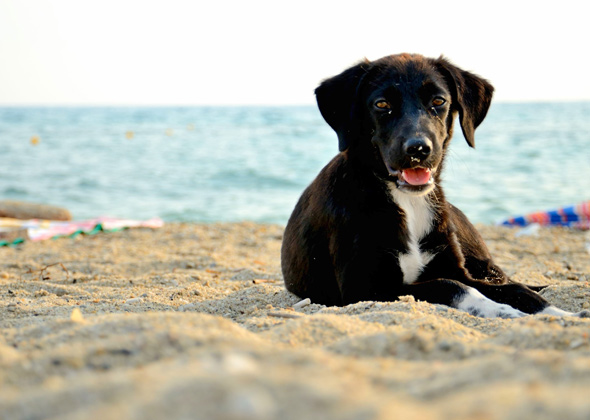5 Dog Dangers to Avoid This Summer
Published on June 23, 2016
Skip To
For many of us, summer is synonymous with fun. There are so many exciting outdoor activities to do — and many of them can be enjoyed with our dogs in tow, like hiking, camping and boating.
However, it’s important to remember that summer (and all those great outdoor adventures) come with a myriad of potential dangers, like stinging insects and water hazards. But don’t hole up inside just yet! Here are some tips on how to avoid these potential disasters, plus strategies for handling them if they do occur.
More on Vetstreet:
However, it’s important to remember that summer (and all those great outdoor adventures) come with a myriad of potential dangers, like stinging insects and water hazards. But don’t hole up inside just yet! Here are some tips on how to avoid these potential disasters, plus strategies for handling them if they do occur.
More on Vetstreet:
- 5 Dog Breeds You’ve Never Heard Of
- 7 Do’s & Don’ts for Adopting a Shelter Dog
- Should Dogs and Cats Sleep on Your Bed?
- 10 of the Coolest Dog Parks Across the U.S.
- 14 Common Myths About Dog Behavior Decoded






